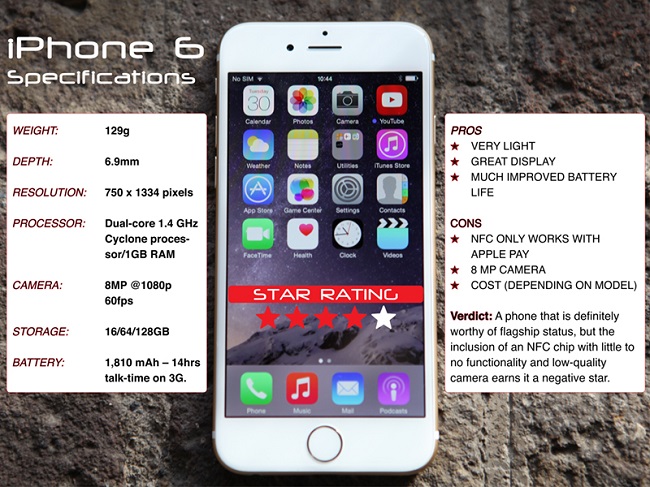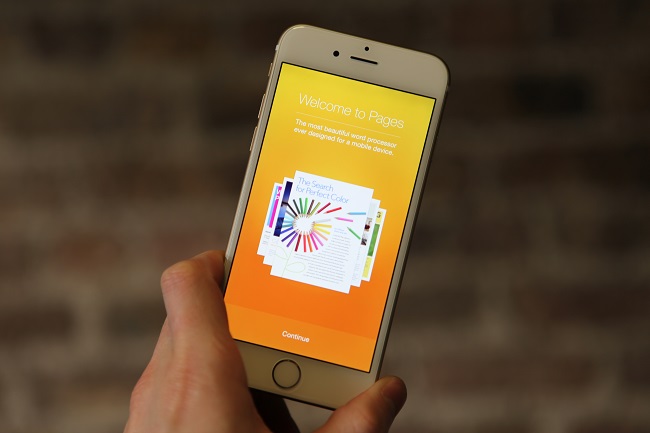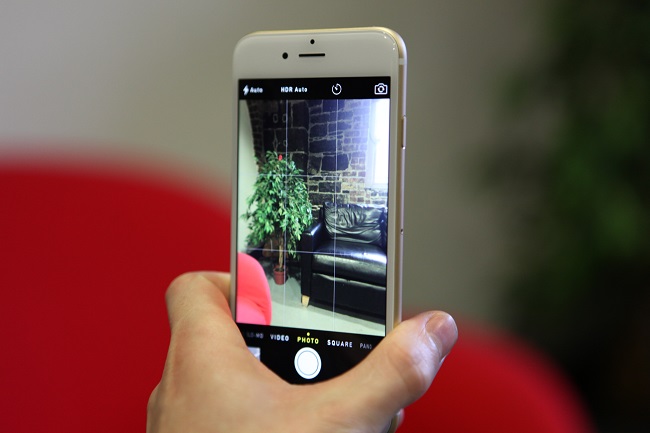The Apple iPhone 6
The Apple iPhone 6 is easily the most in-demand phone on the market, but is it worthy of the status and what does it have that its competitors don’t?
As the song goes, “It’s the most wonderful time of the year …” At least for phone lovers, because as 2014 comes to a close, they are getting their hands on the latest flagship mobile phones on the market.
In September alone, we have seen the release of the Samsung Galaxy Alpha and the Sony Xperia Z3 as the two largest Android devices to hit the market, but both face rather uneven competition in the form of the iPhone 6.
The figures speak for themselves, with Apple selling 4m of the devices in the space of 24 hours in a feat Samsung, Sony or HTC could only ever dream of achieving.
So as a reviewer, I was rather anxious to get my hands on Tim Cook and Co’s latest creation, more so because I’m an Android user and by no means a fanboy who feels he has to fight his preferred manufacturer’s corner because of some bizarre need to form allegiances with a piece of plastic, metal and silicone.
So let’s begin.
Looking trim, iPhone 6
Let’s face it, prior to its showcasing at Apple’s press event in September, no one, quite rightly, would have predicted Apple was to take its design on a totally new tangent as we’ve all become well-versed in the basic design.
But as a left-handed person, I have to commend one usability change that has come in with the iPhone 6, which is the moving of the standby button from the top right of the phone to the side, allowing me to hold it in one hand but operate both the volume control and standby button, which has always been a minor gripe of mine.
Speaking of usability, this phone is very easy to handle and at just 6.9mm thick, it makes a rather impressive sight to the eye. Just 0.7mm thinner than the iPhone 5S, the iPhone 6 is a great example of aesthetic engineering.
Likewise, despite the being 17g heavier than the iPhone 5S, the iPhone 6 feels less bulky to hold in the hand, most definitely down to the larger screen.
All of which makes this reviewer’s copy of the phone, even in gaudy gold, still rather easy on the eye.
Bright, clear and clean
The iPhone’s screen is a smoke-and-mirrors affair, as the stats of its Retina HD display don’t add up to the very impressive clear display on show on the iPhone 6, at least in comparison with its competitors.
Putting this in a numerical perspective, the iPhone 6’s resolution is 750 x 1,334p, while the HTC One M8 comes in at 1,080 x 1,920p, which is certainly not a minor difference.
And yet it looks great, clear and high-res, just as much as its Taiwanese counterpart.
The bump to a 4.7-inch screen has also made it easy on the eye and just the right size to view most things without it turning into a phablet, like its bigger brother the iPhone 6 Plus.
Since the launch of iOS 8 and its subsequent rushed patches, almost all apps appear to fit in well with the bigger screen, which is made with Apple’s shatter-proof glass with an oleophobic coating, or in layman’s terms, anti-fingerprint coating.
The inside bits
Again, Apple is managing to achieve what game designers at the end of the last console generation were able to by getting every last bit out of the technology they were provided with.
Now this isn’t to say Apple is struggling with old hardware, not by any means, but similar to the screen, it has been able to pack some serious performance with a spec that isn’t that impressive with its dual-core 1.4 GHz Cyclone processor and 1GB of RAM.
While this is not a comparison review between the iPhone 6 and the HTC One M8, the fact the latter has a significantly better Quad-core 2.3 GHz with 2GB of RAM makes it hard not to raise an eyebrow at.
Just like the previous generations, Apple has no place for an external micro SD card so anyone buying the phone is limited to 16GB, 32GB or 128GB.
Siliconrepublic Review | Apple iPhone 6
NFC – a seriously missed opportunity
One piece of new hardware is worthy of its own section, that is the long-awaited inclusion of an NFC tag.
In a number of Android devices for the last two to three years, the tag allows a phone to connect with dozens of different devices around the home and is the future of mobile payments.
In Apple’s case, the latter is the only functionality of its new NFC tag with its upcoming Apple Pay system.
This, in my view, is a serious oversight by Apple whose obvious desire to keep its products as insular as possible means it has shunned other uses in the name of ‘brand Apple’. We’re not even sure if Apple Pay will be coming to Irish banks, meaning we could be left with a piece of great tech with the functionality of a human appendix.
Snap happy?
I’ll admit I’m not the greatest camera aficionado and you’re unlikely to find me Instagramming the contents of my dinner plate so I was certainly looking at the camera with relatively fresh eyes.
Looking at the hardware spec for the iPhone 6 in comparison with its older brother, the iPhone 5S, there has been little to no improvements made to its camera in comparison with the rest of the phone’s hardware.
Just like the iPhone 5S, the iPhone 6 features an 8MP rear-facing camera with ƒ/2.2 aperture, a front-facing 1.2MP camera, auto image stabilisation and geo-tagging, among others.
While not being able to discern any difference from the raw spec of the phone, Apple’s own comparison list only shows two differences: ‘improved face detection’ and the ability to take a 43MP panorama shot.
The two new additions to the camera have come with the iOS 8 software in the form of being able to take slow-motion and time-lapse videos.
While a cool idea and is pretty impressive visually, our own tests here in Siliconrepublic.com towers found that when put on the big screen, the pixilation sticks out like a sore thumb, particularly in below average lighting.
The slow-motion tool is simple to use, thankfully, but when fiddling around with it I noticed some de-sync between the audio and video, which fixed itself after about a minute.
Behold, a decent iPhone battery!
The iPhone 6’s battery is good. No, that’s not a typo. Always known for its poor battery performance, Apple has managed to turn a frankly average battery capacity of 1,810 mAh into one that, for me at least, lasted over one whole day, which is unheard of for its range of devices.
This can be put down to Apple tweaking the hell out of the phone’s performance to keep it running at the optimal energy usage to stop you from scrambling for the nearest wall socket to connect a charger.
Verdict
Despite the camera and poorly-optimised NFC tag, there’s much to admire with the iPhone 6. As far as high-end phones go, the iPhone 6 has managed to make a phone whose specs put it below its competitors yet has it performing just as good, if not better, in some cases.
All this from an Android user is rather high praise indeed and would recommend to those approaching upgrade time on their contracts.



